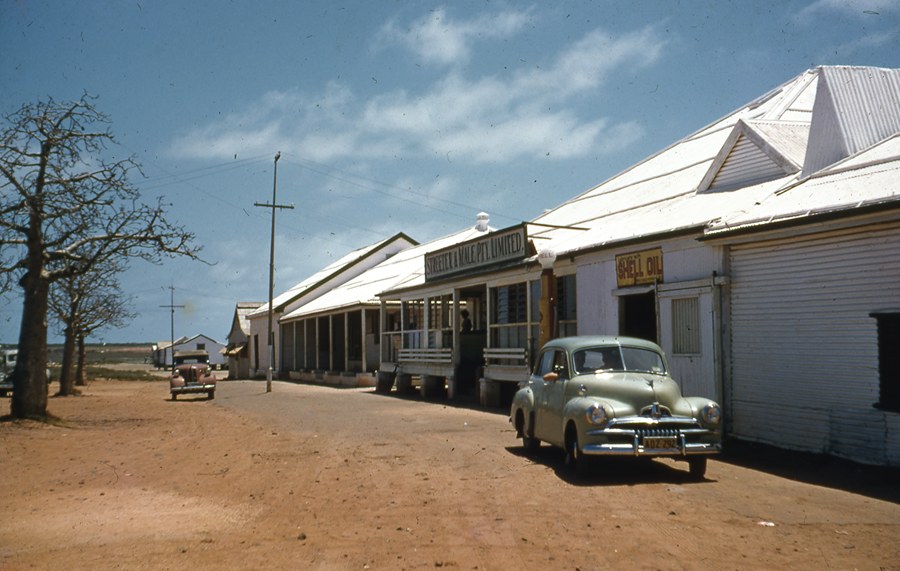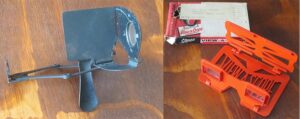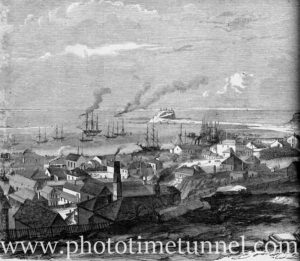In 21st century Australia, when fully outfitted four-wheel-drive vehicles are common in the carparks of urban shopping centres, the idea of setting off on a long journey through the outback conjures up images of snorkels, winches, raised suspensions, solar satellite apparatus and all the rest. It might seem hard to believe how little equipment some people took with them for similar trips in years gone by when roads were infinitely worse than they are today.
In 1956 Newcastle couple Bert and Hazel King decided the best thing to do with Herbert’s six months’ long service leave from his job at Royal Newcastle Hospital was to take a caravan trip around Australia with their two-year-old son, David. Bert had an FJ Holden with the equivalent of about 20,000km on the odometer, but the couple didn’t have a caravan. That proved no obstacle. Bert had met – through the Masons network – a man named Campbell who had an engineering business in Gloucester, and he agreed to build a caravan to Bert and Hazel’s own design. It was a lightweight van, weighing in at about half a tonne and was equipped with sink and water tank, pressure stove and cooker but no refrigerator.
As the plans matured the couple’s other son, John, 20, decided he would like to join the expedition. Just about to finish an apprenticeship as a motor mechanic at the Young and Green car dealership, John pleaded to be allowed to accompany his parents and brother, promising to pay his own way. He sold his little Morris car and counted the days to the end of his apprenticeship. Reminiscing about the journey in 2023, John said he still has trouble believing they made it. The car had no special preparation or equipment, the roads were often frightful and they covered huge empty expanses with no hope of help in a crisis. John took a rifle to get food on the long inland stretches and his Brownie camera to record the expedition on colour slide film. His slides have endured remarkably well for their age, as the examples below demonstrate.
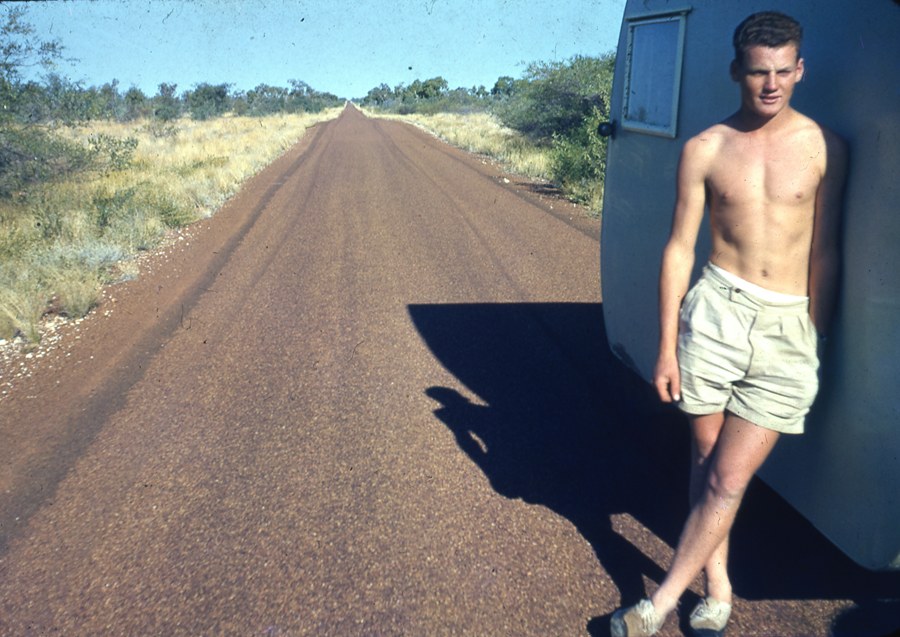
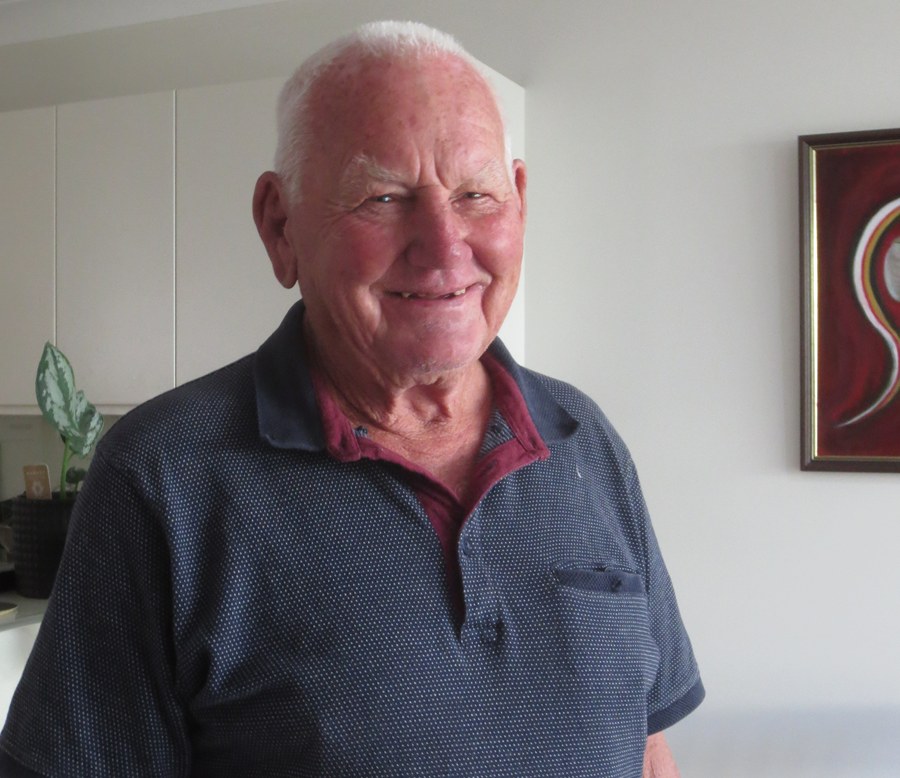
“To begin with when people asked where we were going we would tell them around Australia and they always shook their heads and said it couldn’t be done,” John recollected. “There was this river or this mountain or this road that we couldn’t possibly cross. After a while when they asked we just said we were going to the next town along the road, to avoid going through it all again,” he said.
The expedition began on July 7, 1956. According to Hazel’s notes of the trip she, Bert and young David “left Newcastle at mid-day, after a very busy and confusing morning”. It was cold and raining. At this point the caravan was still not ready, so their first stop was Shoal Bay, at Port Stephens, north of Newcastle, where they spent four days relaxing before setting off inland towards Gloucester in the miserable rain, arriving about 5pm. John arrived a couple of days later, just as the finishing touches were being put on the caravan. The morning of their departure – Saturday, July 14 – was freezing and both car and caravan had thick coats of ice.
The expedition’s route took them from Gloucester to Taree, Kempsey, Nambucca Heads and Grafton, staying at caravan parks where these existed (they were not common in the 1950s), otherwise at showgrounds or wherever they could get permission to park and stay. In those days many roads were narrow and in less than perfect condition. Many followed hilly and winding routes, not yet straightened and flattened by the highway improvement projects of later years. Many rivers had not yet been bridged, so punts were the method of crossing.
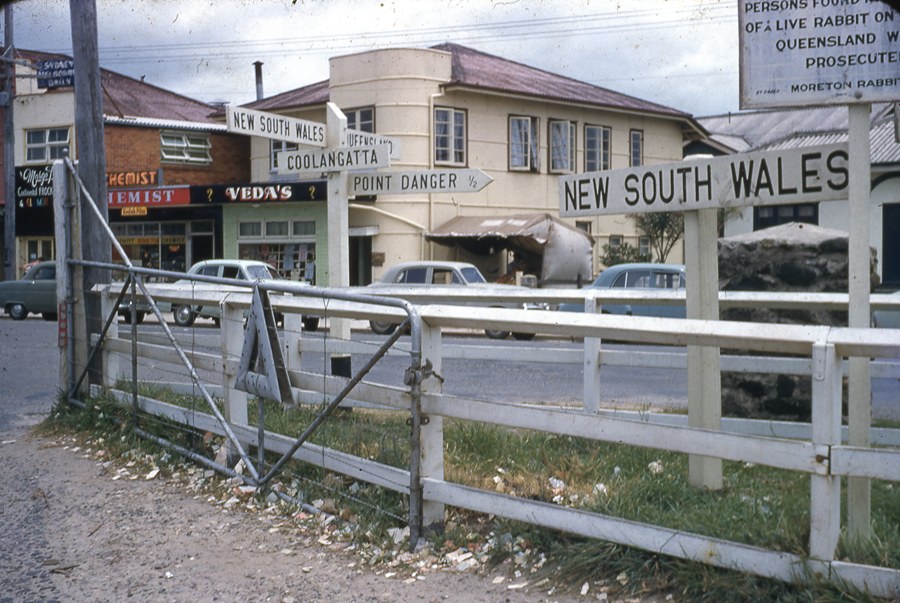
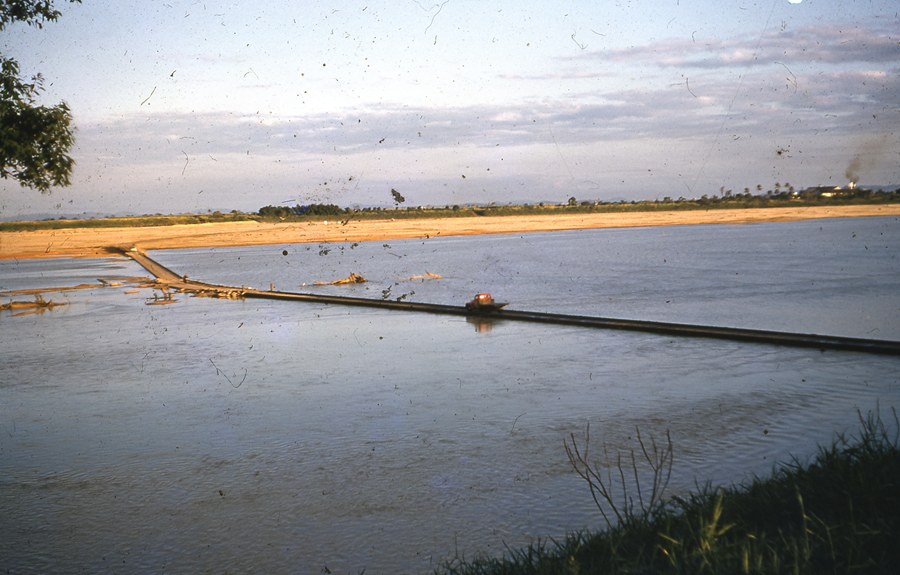
At Ballina, in northern NSW, sugar cane fields lined the roads, cane barges floated on the river and cane trolleys crossed the road with little warning. According to Hazel’s notes, Coolangatta was lovely, Surfers Paradise was growing and Brisbane was “not very large”.
So far the mishaps and problems were few. A minor carburettor repair, some work on the caravan sink plumbing and a job sealing and painting around the van window. At a caravan park at Gympie, Queensland, Hazel was annoyed when another tourist at the caravan park stole her cosmetic bag, leaving her with no more than “a jar of hand lotion”. At Bundaberg the family ogled the newest model Holden car, on display in the dealership window. It was July 23. At Rockhampton on July 26 they watched the arrival of cars participating in the Ampol endurance trial.
By now the roads were terrible, and young David had been very ill for a few days. They met some other caravanners and decided to travel together for a while. Looking back, John described this as a wise move. At difficult creek crossings they could help each other through, providing pushes and pulls where needed, arriving at Mackay on July 29. The bad roads continued from Prosperine to Bowen then across the allegedly impassable Burdekin River, whose level was mercifully low at the time.
Hazel adored Townsville and John spent the day at the pool there, where athletes were training for the impending Olympics at Melbourne.
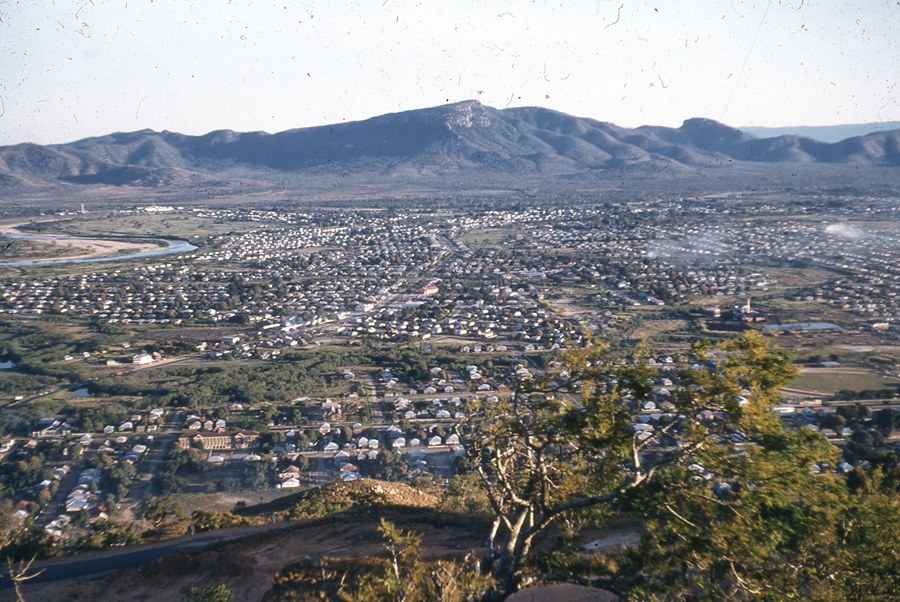
John turned 21 while the family was camped on a lonely road near the Atherton Tablelands. After that the roads were bad, dusty and lonely, with plenty of emus and donkeys to be seen on the surrounding plains. Hazel rated Cloncurry the “dirtiest, dustiest place I have ever seen”. At least until Mary Kathleen, the uranium mine town, where they stayed in a settlement of 30 or 40 “dirty tents and caravans, no showers or toilets, swarms of flies”.
The road from Mary Kathleen to Mt Isa was “a real nightmare”: “Three hours to do 40 miles, huge holes and rocks and bad ups and downs”. “Got stuck on one steep hill but managed to push ourselves up”. Mt Isa looked nice from a distance, but was as dirty as the rest of the nearby towns, although John and Bert were able to get showers at the mine and the town did have “the nicest drive-in theatre, very new, clean and well-run”.
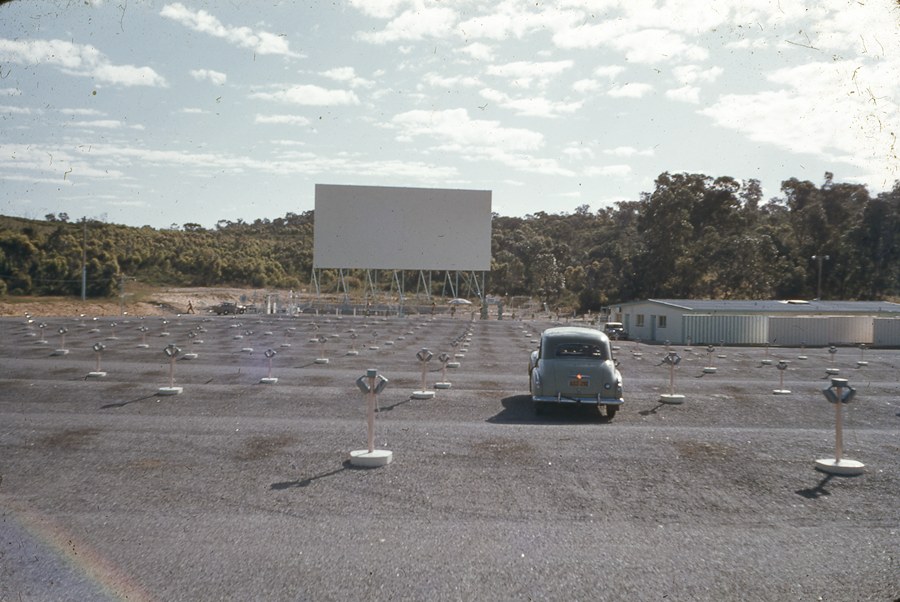
It was August 20 when the family bought petrol at Camooweal and crossed the border into the Northern Territory, finally striking good straight tar roads. Hazel described the tiny settlement of Frewena as unforgettable on account of petrol costing six shillings and ninepence a gallon and one bottle of beer six shillings and threepence.
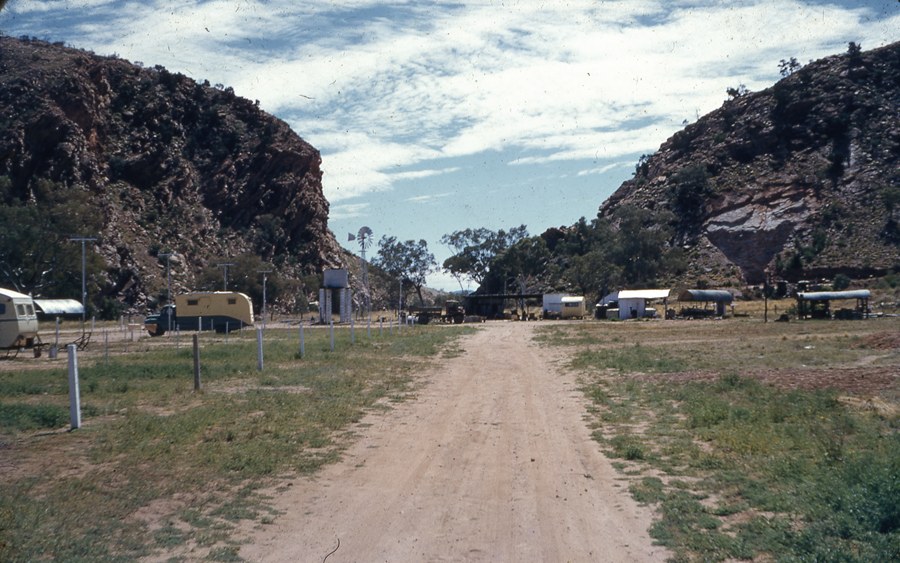
Tennant Creek, Barrow Creek and the Devil’s Marbles were passed one by one until Alice Springs was reached on August 25. Alice Springs had “the best caravan park yet”.
On the way to Darwin they camped at Barrow Creek where John “shot a pigeon for breakfast”. John and Bert made it their practice to repair windmills as they went, making sure water was available for those who followed. On the road to Newcastle Waters the wild pigs that surrounded the van at night were as big as young cows – too big to shoot.
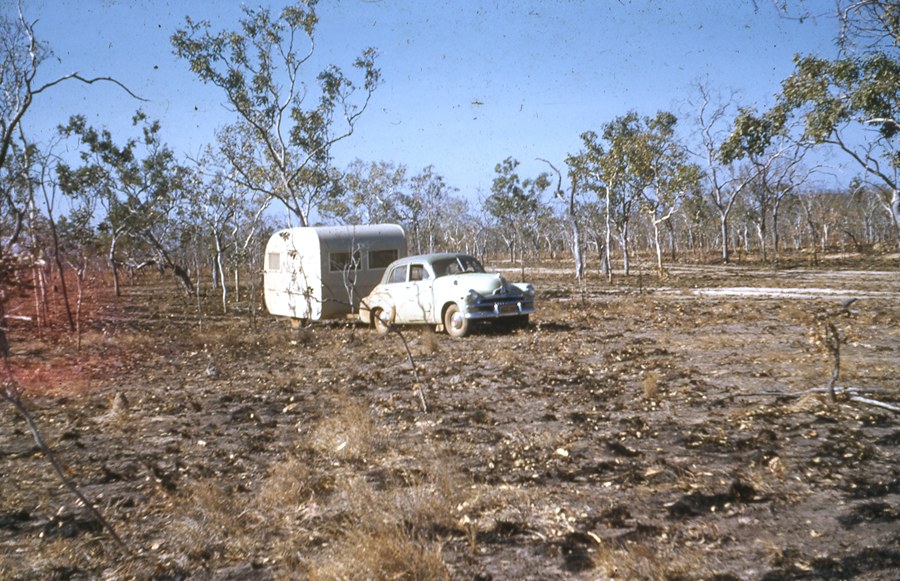
After camping on the river at Katherine they called at Pine Creek before getting on the wrong road out. Dog Cart Track was too narrow to turn with the van in tow but eventually they got headed in the right direction, just in time to get bogged in loose gravel from which it took an hour of hard work to escape. They arrived at Darwin on September 2. Hazel described Darwin as “lively at night but quiet during day”. “Every type and nationality live here, mostly Malayans”.
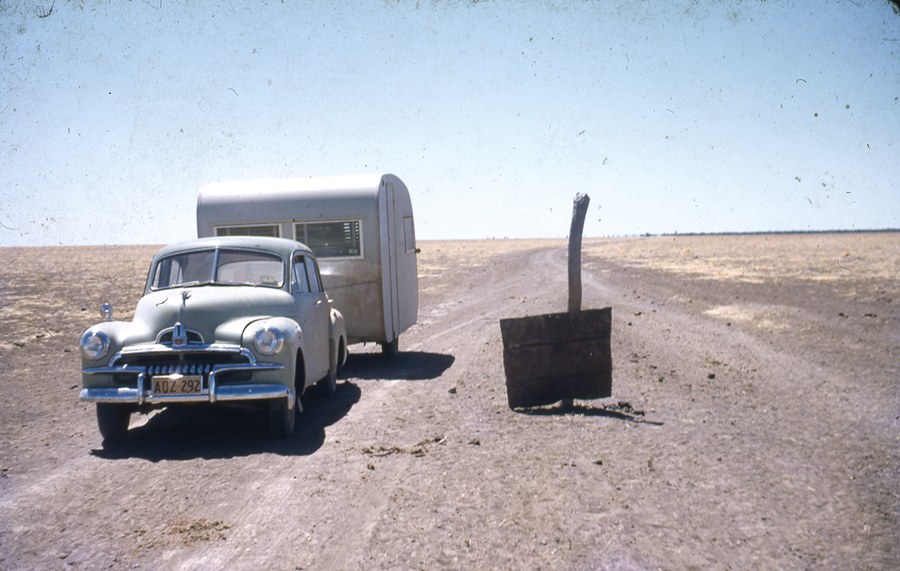
Heading back south, after Katherine, they hit deep bulldust and the car overheated. The hard travelling continued and they got to Wave Hill Station on September 11. By now they had been on the road for five months and were used to their routine of cadging showers and washing clothes where they could, stocking up on bread and tinned food when it was available and supplementing their diet with whatever they could catch or shoot. John recalled that the bore water was terrible to drink, so they bought bottles of soft-drink at every opportunity. As far as shooting game was concerned, without refrigeration every hunting success meant a cooking session to ensure the meat could be kept long enough to use. John recollected a fat wild turkey that kept the family going for “quite a while”.
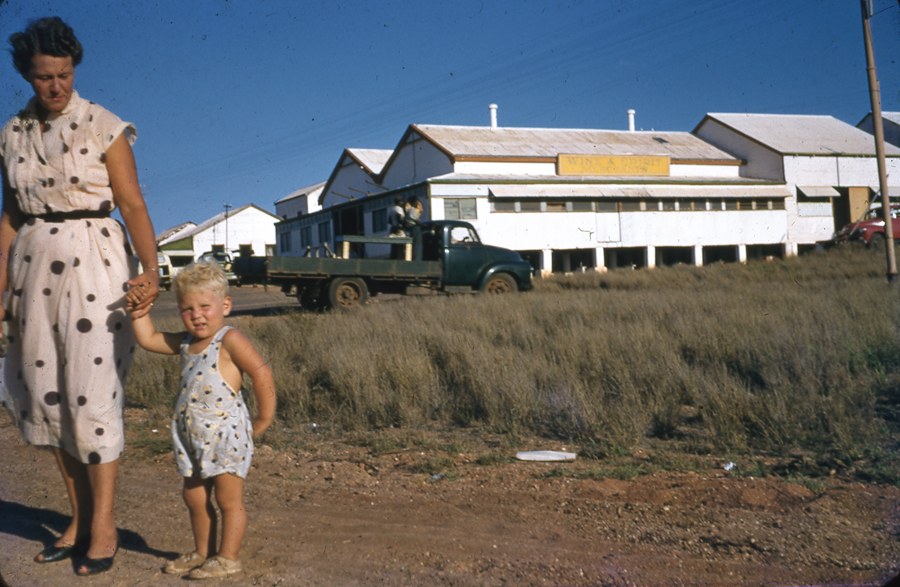
The Kings crossed the border into Western Australia on September 13, striking country outside Halls Creek that “looked like paradise after what we had been through”. A market gardener gave them two cabbages and tomatoes – “the first fresh food for weeks”. Next came Halls Creek, Fitzroy Crossing and then “the worst road ever” to Derby. By now the Holden was regularly overheating and they were forced to drive slowly and drive as much as possible during the coolest hours. John said the car’s radiator was too small and overheating caused many stops. “I used to walk ahead while they waited for the car to cool down and when it did they would catch up with me,” he said.
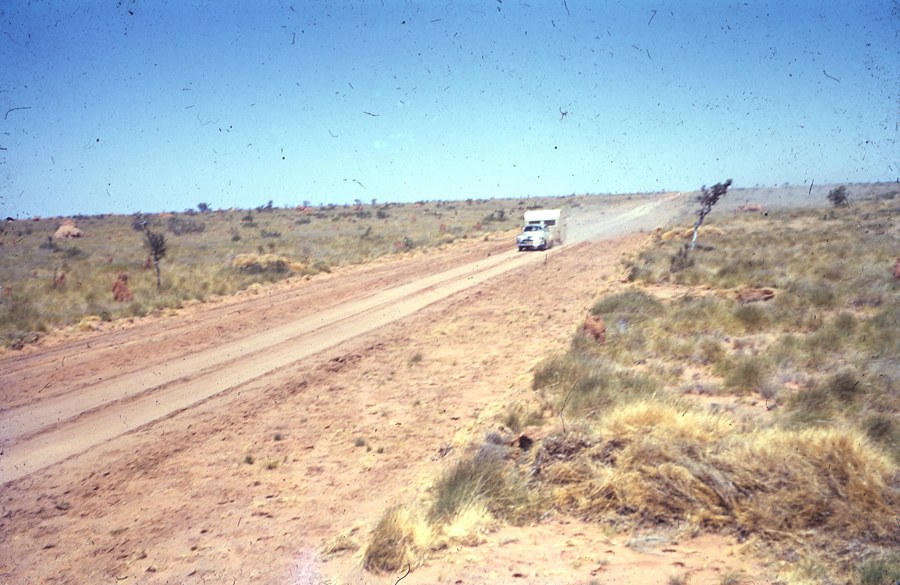
On September 18 they got to Broome, where John realised he had exhausted almost all his savings. He approached the manager of the meatworks and asked for work. When he said he was a qualified mechanic he found himself working on the manager’s Humber, an old tractor somebody had pulled apart and been unable to reassemble and the truck the works used to transport stock. For a few weeks’ work he was rewarded with more pay than he had expected: enough to last the rest of the expedition. Hazel found Broome fascinating, and particularly enjoyed the great fishing. Then came more terrible roads to Carnarvon then, striking some tar road, Hazel declared she “almost kissed it”.
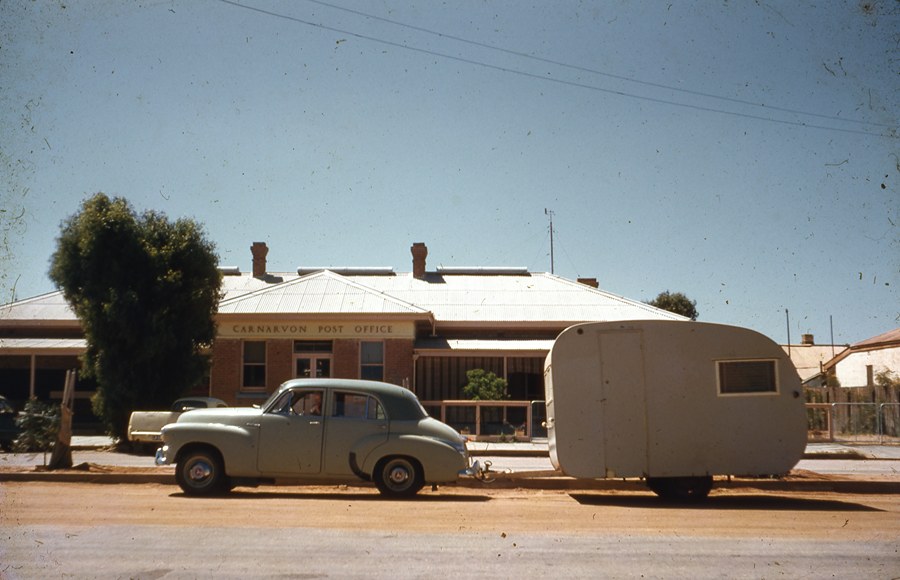
A week was spent at Geraldton, feasting on crayfish and marvelling at the wind that blew the trees into flattened shapes, then two weeks sightseeing in Perth before heading south along the coast to Albany then back up to Perth.
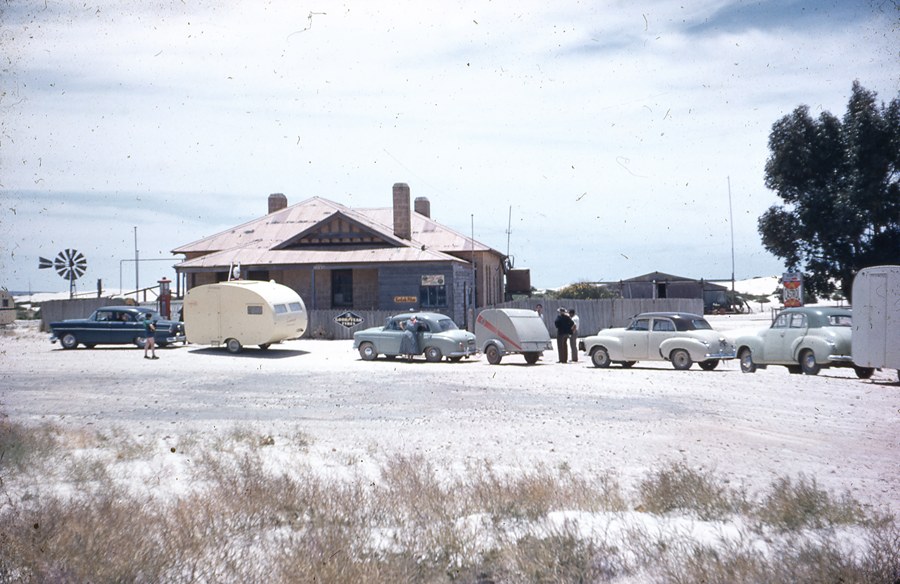
It was November 23 when they arrived at Kalgoorlie on the way back east. John repaired a puncture, Bert greased the van’s wheel bearings and the journey across the Nullarbor began. At Eucla they queued for petrol – the only time they had to this on the entire trip. November 28 saw them reach Ceduna then on the 30th they got to Iron Knob. The long road east was relatively uneventful apart from blown tyres (they had to buy a new one at Augusta). Hazel’s diary has suffered much over the years and is sadly incomplete, but the journey wound through Adelaide before being interrupted and forced into a detour by the flooded Murray River at Tailem Bend. Next came Mt Gambier, then Portland, Warrnambool and Melbourne. By December 19 they were heading through the Dandenongs, Gippsland and Yallourn. At Lakes Entrance they found all the caravan park sites booked out for the Christmas break but eventually found a spot and enjoyed a big dinner on Christmas Day. Boxing Day saw them on the road again, and from this point in the damaged diary only the record of petrol purchases shows the route of the final leg via Eden, Narooma, Nowra, Wollongong and Sydney.
Not only did Hazel record all the fuel purchases on the long journey, she also kept a tally of oil and repairs which included a speedometer cable, wheel bearings, three tyres, two tubes and repairs to the caravan springs. John recalled ruefully that choosing second-hand springs for the van proved a mistake. When the main spring-leaf broke he had to tie the axle in place with a steel tow-rope, which lasted many miles.
For John, this was a trip of a lifetime, full of adventure and fun. “It was a different world then,” he said. “It was a lot freer.” He enjoyed his time in Broome most of all, but as a young man travelling from town to town he recalled attending many dances and going to many movies – mostly in open-air cinemas. “I think I saw Jeddah about five times in various places during the trip,” he said.

